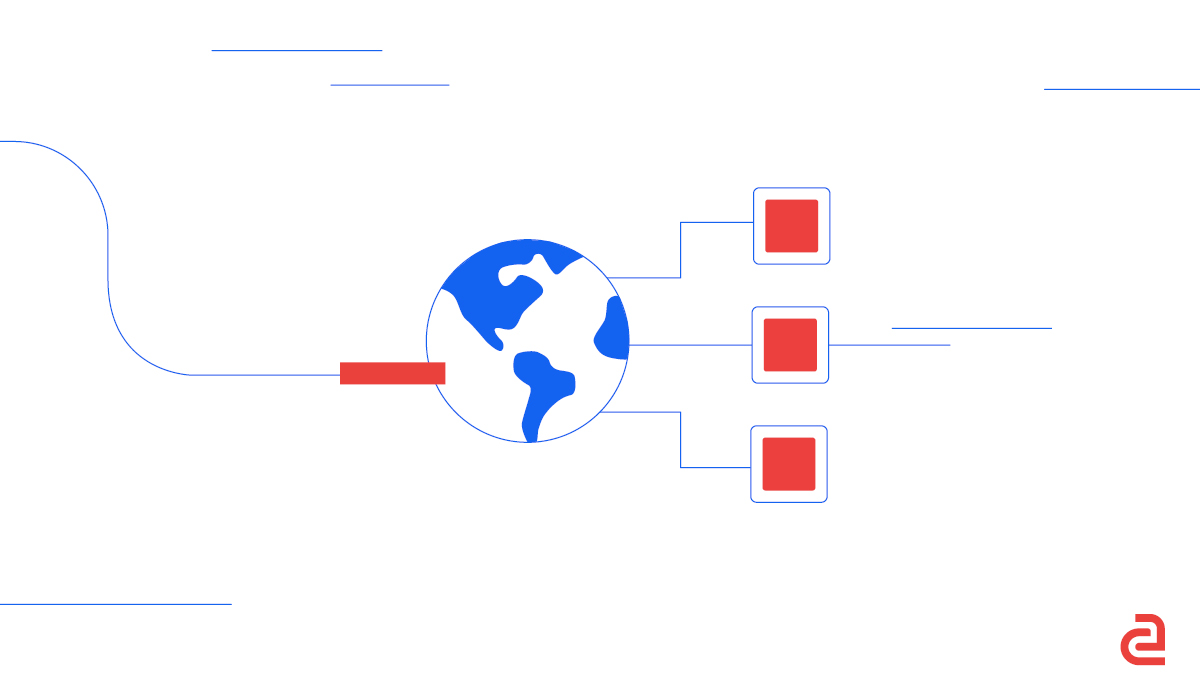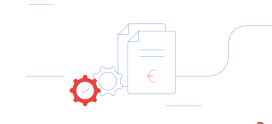5. August 2022
Digitization meets climate protection: Does it fit together? A look at the economy

„If nature were a bank, we would have saved it long ago.“ (Eduardo Galeano)
If we’re honest, this quote is a pretty staggering one; because Eduardo Galeano hits the nail on the head. It reveals to us how we function as a society and what we value: Having money and increasing it. But what good does all this do us if, bit by bit, we deprive ourselves of the means to spend it and end up with nothing but rubble and ashes?
The Corona pandemic showed us quite painfully how intertwined climate is with our health, and that climate change is the greatest threat to our health. At the same time, we notice that our summers are getting drier and drier, we have to deal with almost unrestrained forest fires, heavy rains devastate entire towns overnight – and nothing is the way it used to be.
But how can we escape this mess to avoid worse and sustainably protect the future of our children and grandchildren? In addition to a more conscious lifestyle, the business community has been tinkering for some time with really cool and innovative solutions to get a little closer to the agreed climate targets and make our environment and climate more sustainable. With vertical farming, power-to-gas or fertilizer that binds CO2, there are many forward-looking ideas in the running that could revolutionize the way we do business in the future.
Digitization vs. climate protection?
A study just published by the industry association on the subject of Digitalization and climate protection 2022 in the economy provides a brief insight into the importance companies attach to sustainability and climate protection and the measures they are taking to successively achieve their climate targets over the next few years. In this context, German industry is looking to the future with determination; because it wants to significantly exceed the targets set by policymakers: Contrary to the German government’s goal of being climate-neutral by 2045, almost half of the companies are already aiming to emit no more greenhouse gases by 2030 than can be sequestered elsewhere. A further 37 percent plan to reduce their CO2 emissions to zero by 2040.
“Germany must massively reduce its consumption of oil, gas and coal – this is the only way to cut CO2 emissions, meet climate targets and end its dependence on Russia. This will not succeed without a drastic increase in energy efficiency with the help of digital technologies,” says Bitkom CEO Dr. Bernhard Rohleder.
On the way there, the majority of companies are pursuing clear sustainability strategies in which they are actively supported by digital technologies. For a quarter of those surveyed, they are even crucial for the implementation of their sustainability goals. 27 percent attribute great importance to them. Only 4 percent consider digital technologies and applications to be less important for pursuing their sustainable business plans. Achieving climate targets entirely without digitization? However, none of the companies surveyed thinks that is realistic.
Motivations for sustainable action are manifold
63 percent of those surveyed who pursue a sustainability strategy within their company do so in order to protect the climate with their actions. Others engage in sustainability to set a good example. 52 percent of respondents also said they act sustainably to improve their image. Around a third of the companies see their sustainable commitment as a way of making themselves more attractive as an employer.
For an initial assessment of their carbon footprint, 28 percent of the companies surveyed had their emissions digitally calculated. As an initial contribution to CO2 reduction, one in three companies decided to initially offset their CO2 emissions until they had drawn up a roadmap for their sustainable actions.
Rohleder feels that calculating the carbon footprint is anything but trivial, because “[t]o calculate the carbon footprint of a company is complex. However, companies increasingly have to do this in order to comply with their reporting obligations. With digital measurement, emissions can be reliably documented, making targeted CO2 reduction measures easier.”
Smart use of existing resources
Conserving resources and streamlining consumption is easier than you might think at first. This is because many companies allow the private use of company devices such as smartphones or laptops in the interests of conserving resources. “Employers can quickly implement such simple measures and thus make an immediate contribution to greater sustainability and climate protection, because devices do not have to be purchased twice in households,” Rohleder emphasizes.
Furthermore, many companies are moving toward the purchase of refurbished equipment. Instead of buying new hardware, the discarded devices are replaced with used but professionally refurbished alternatives. 6 of the 10 companies surveyed see the use of refurbished devices as an important contribution to saving valuable resources and raw materials and therefore see refurbished IT as an important topic for the future.
Digitization as an opportunity for greater sustainability and climate protection
At 75 percent, the vast majority of the companies surveyed see digitization as an important lever for driving sustainability and climate protection forward in the future. They also assume that they can further reduce their CO2 emissions by working with digital technologies. In addition to this, they also see added value for themselves: 9 out of 10 companies believe that those companies that use digital technologies will have a clear competitive advantage in the future.
Half of the companies are already doing away with printouts as far as possible in order to save paper, conserve valuable resources and work more efficiently. Energy-efficient hardware, such as energy-saving monitors, makes a significant contribution to this for 47 percent of those surveyed.
Digital technologies show first effects
The figures show how effectively digitization measures help protect the climate. 77 percent confirm that their CO2 emissions have already been significantly reduced through the use of digital technologies, and that cloud computing is making a major contribution to this. Similarly, 47 percent of companies emphasize the potential of video conferencing to avoid business trips and commuting.
In summary, the business community as a whole is very positive about further strengthening the issues of sustainability and climate protection in the future with a few smart ideas and innovative tools. Of course, a sophisticated climate protection plan does not develop overnight and in a jiffy, but needs time and a clear concept. But with initial small actions, such as working from home now and then or purchasing refurbished equipment, companies and employees are well on their way to sustainably protecting the climate, the environment and the planet.



